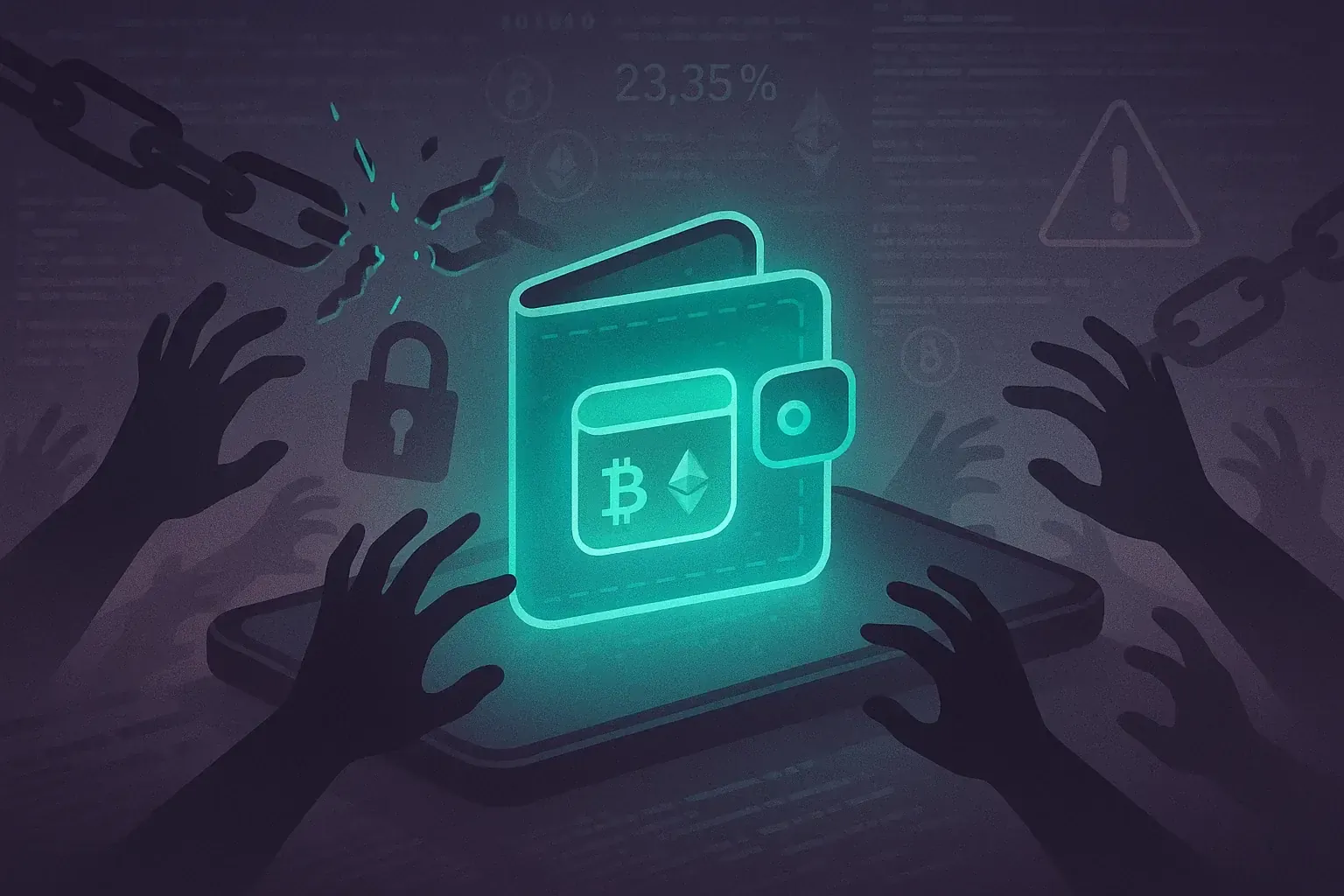Chainalysis, a company that analyses blockchain data, states that the crypto industry is on track to experience its worst year ever in terms of theft, with more than $2.17 billion stolen from cryptocurrency-related services as of mid-July 2025.
This figure has already surpassed the total amount stolen in all of 2024 and is 17% higher than in 2022, so far the worst year for crypto crime.
A $1.5 billion attack against Bybit, allegedly backed by North Korea, is the main culprit behind the surge. This attack alone accounts for 69% of the crypto thefts that have occurred so far this year.
Chainalysis pointed out the alarming speed with which thefts occurred in 2025: it took only 142 days to surpass 2 billion, compared to 214 days in 2022. If the trend continues, losses could exceed 4.3 billion by the end of the year, setting a new negative record for the industry.
Threats To Personal Wallets
Centralised exchanges remain the main targets, but increasingly attacks are targeting personal wallets, which account for 23.35 per cent of stolen funds in 2025.
According to Chainalysis, this trend is linked to improved security on major exchanges and the rise of crypto users, which is prompting attackers to target the least protected.
One of the most worrying developments is the rise of so-called 'wrench attacks', in which victims are physically forced to surrender their private keys. These violent tactics, although still relatively rare, are becoming more frequent as the price of Bitcoin rises.
Chainalysis also reported an increase in kidnappings of crypto executives and their families.
The report highlights a growing difference between the techniques used to launder money.
Hackers targeting crypto services use sophisticated tools such as cross-chain bridges and mixers, while those attacking individuals often use simpler tools such as centralised exchanges or direct interactions with smart contracts.
An interesting finding is that stolen money remains on-chain for longer periods, which could indicate greater confidence in operational security or an intentional HODL.
In addition, attackers are paying more to move illicit funds: by 2025, some transactions cost up to 14.5 times the network average, despite average costs falling since 2022.
Chainalysis concludes by stating that as cryptocurrency adoption increases, criminals are adopting increasingly sophisticated and violent methods to exploit users and services in the sector.








